The Groundhog, or woodchuck, is a large rodent in the Sciuridae, or squirrel, family. This species lives throughout much of North America. They are most famous for their namesake “Groundhog’s Day,” which revolves around the animal seeing or not seeing its shadow. Read on to learn about the Groundhog.
Description of the Groundhog
This large ground squirrel has short limbs and a relatively long tail. Their fur ranges in color from dark brown or grey to reddish-brown. You can often spot these rodents standing on their hind legs, alert to any potential predators around them.
Perhaps the most notable feature of this creature is its size. They are the largest member of the squirrel family in North America. Particularly large adults can reach lengths up to 27 in. or more. The heaviest individuals tip the scales at nearly 14 lbs!
Interesting Facts About the Groundhog
This species might be the most well-known ground squirrel in the world. Learn more about what makes Groundhogs so interesting, below.
- Numerous Nicknames – People refer to this species by a number of different names across its range. Some of these nicknames include woodchuck, moonack, groundpig, monax, wood-shock, thickwood badger, and more.
- Chuckling Young – The nicknames don’t stop there. Some people refer to young woodchucks as “chucklings.”
- A Chewing Problem – Like all rodents, this species’ teeth constantly grow. In fact, their teeth grow about 1.5 mm in a single week. To keep their teeth at a manageable length, they must constantly gnaw on things to wear them down. If they don’t, their teeth can grow so long that they cannot eat!
- Popular Tongue Twister – We all know the popular tongue twister for this creature. “How much wood would a woodchuck chuck if a woodchuck could chuck wood?” But did you know that isn’t the end of the saying? It continues on to say “A woodchuck would chuck all the wood he could if a woodchuck could chuck wood!”
Habitat of the Groundhog
This large rodent doesn’t only live in his burrow during the winter. In fact, it occupies its burrow year-round. It prefers digging in areas close to grasslands or meadows. Some of the different habitats that it occupies include woodland edges, savannas, meadows, and even pastures or agricultural fields.
Distribution of the Groundhog
You can find this species across vast regions of northern North America. Their populations range from southeast Alaska through much of Canada to the eastern coast. They also occupy vast regions of the eastern United States. The southernmost extent of their range stretches from Oklahoma to Alabama.
Diet of the Groundhog
Unlike most other ground squirrels, this large rodent is herbivorous rather than omnivorous. This means that it feeds primarily on plants. It feeds primarily on grasses and other plants. Some of its favorite foods are clover, alfalfa, dandelion, timothy, buckwheat, and more.
This species forages primarily during the early morning and late afternoon. However, it does collect and eat food throughout the day as well. It is not uncommon for this rodent to eat a pound or more of food in a single day.
Groundhog’s Day
The famous namesake of this species, Groundhog’s Day, falls on February 2nd every year. During this celebration, several different cities participate in events for the public.
During these events, famous animals like Punxsutawney Phil, emerge from their hibernation. Supposedly, if they see their shadow, we have six more weeks of winter. Conversely, if they do not see their shadow, spring is on its way.
Groundhog and Human Interaction
Outside of the holiday, humans do not interact with this species extensively. Sometimes their burrows do pose something of a problem to farmers and in people’s gardens.
People also occasionally hunt them for sport, though few actually eat them. On a positive note, in medical research, this species is important for the study of various diseases.
Domestication
Humans have not domesticated this animal in any way.
Does the Groundhog Make a Good Pet
No, these large rodents do not make good pets. Even if you could legally keep this animal as a pet, they are quite aggressive animals.
Groundhog Care
Individuals in zoos often live in large enclosures with plenty of space for digging or an artificial burrow to hide in. Some facilities also provide underground viewing windows for guests to observe the animal in its burrow and explore the burrow system. Zookeepers feed them a commercially produced rodent food, as well as hay, fresh fruits, vegetables, and more.
Behavior of the Groundhog
Like most ground squirrels, this species lives a solitary life. It forages primarily during the daytime, particularly during the early morning and late afternoon. They dig extensive burrows underground, and maintain territories around their burrows. Males have larger territories which often overlap with several females.
Reproduction of the Groundhog
When breeding season arrives, the male breeds with whatever females are closest to his territory. After mating, the male returns to his territory and the female provides all maternal care. The gestation period lasts about a month. Following the gestation, she gives birth to a litter of about four or five young.
It takes about two months for the young to reach independence. They reach sexual maturity at about one year of age, but most do not breed until they are two years old.



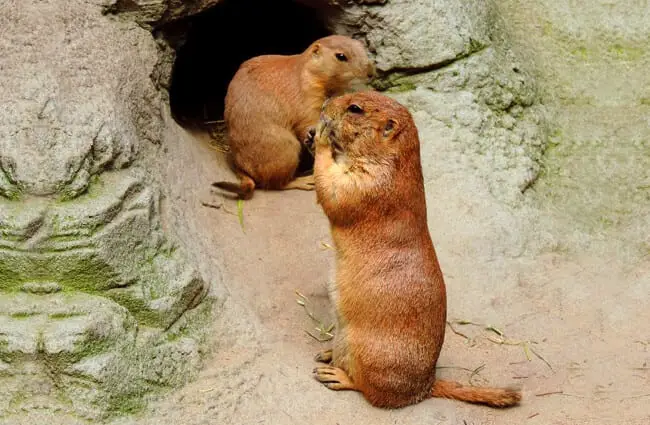
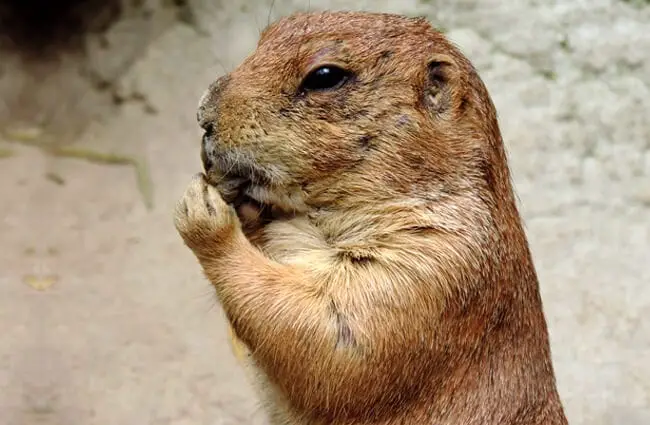
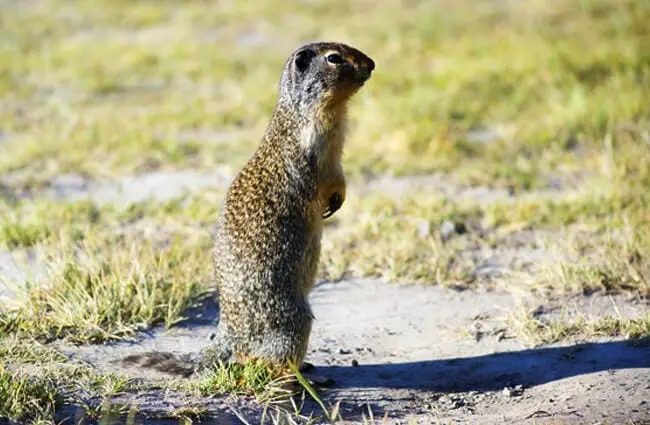

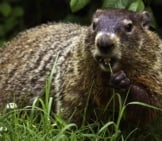
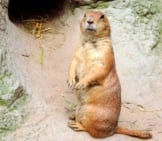

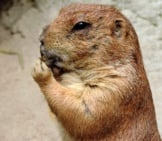
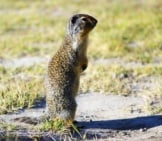
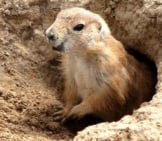
![Red Angus Closeup of a beautiful Red Angus cowPhoto by: U.S. Department of Agriculture [pubic domain]https://creativecommons.org/licenses/by/2.0/](https://animals.net/wp-content/uploads/2020/03/Red-Angus-4-238x178.jpg)




![Red Angus Closeup of a beautiful Red Angus cowPhoto by: U.S. Department of Agriculture [pubic domain]https://creativecommons.org/licenses/by/2.0/](https://animals.net/wp-content/uploads/2020/03/Red-Angus-4-100x75.jpg)

